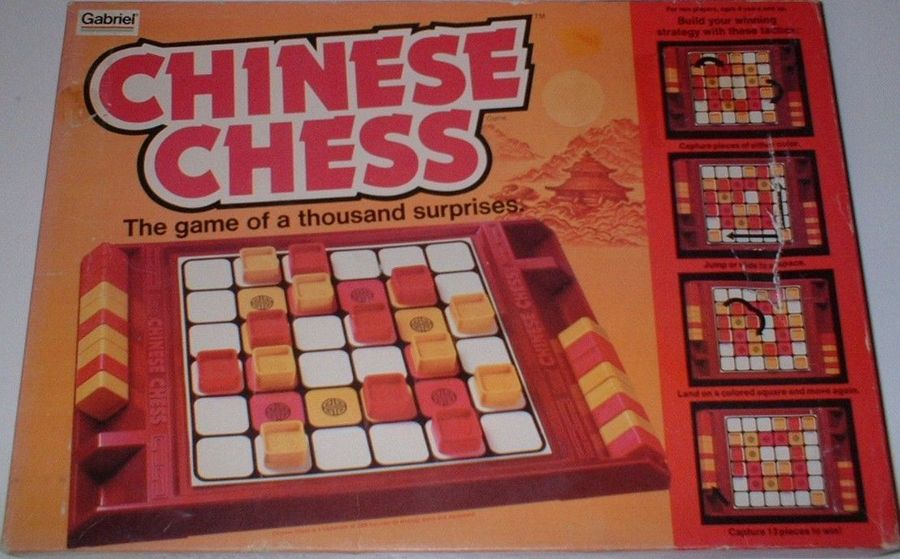Chinese Chess (1981) Board Game
Chinese Chess, also known as Xiangqi, is a strategic board game that has been played in China for centuries. It is believed to have originated during the Warring States period (475–221 BC) and has since become a popular pastime in Chinese culture. The game is similar to Western Chess but has different rules and pieces, making it a unique and challenging experience for players.
Game Components of Chinese Chess
How To Setup Chinese Chess
To set up the game, each player places their pieces on specific points on their side of the board. The General and Advisors are placed within the palace, while the Elephants, Horses, Chariots, and Cannons are positioned in specific patterns outside the palace. Soldiers are placed on every other point one row back from the edge of the river.
Gameplay Mechanics and Game Objective
– General: Limited to the palace.
– Advisors: Diagonal movements within the palace.
– Elephants: Diagonal movements, but cannot cross the river.
– Horses: Movements similar to the knight in Western chess.
– Chariots: Horizontal or vertical movements, any number of points.
– Cannons: Horizontal or vertical movements, capturing by jumping over one piece.
– Soldiers: Forward movement, with additional horizontal movement after crossing the river.
Player Experience
Chinese Chess offers a deep and complex gameplay experience that requires strategic thinking and planning. The unique movements of the pieces and the board layout create a challenging yet engaging game environment. Players must balance short-term gains with long-term strategies to outmaneuver their opponent.
Pros
Cons
Personal Thoughts on Chinese Chess
Chinese Chess is ideal for those who enjoy strategic board games and are interested in exploring different cultural gaming traditions. It is particularly suited for players who appreciate the nuances of piece movements and the challenge of outmaneuvering an opponent. While it may not be as well-known as Western chess, it offers a unique and rewarding gaming experience that can appeal to a wide range of players.
We are supported by our audience. When you purchase through links on our site, we may earn an affiliate commission, at no extra cost for you. Learn more.

